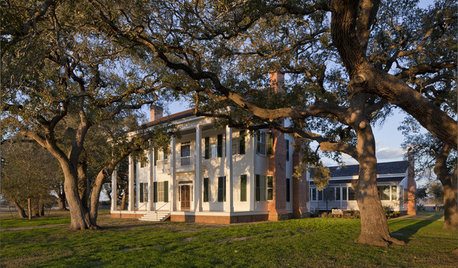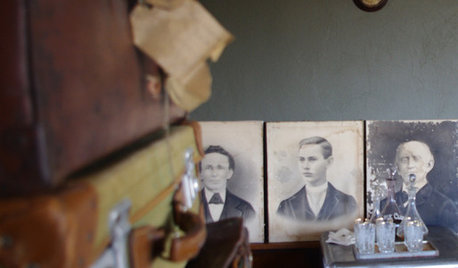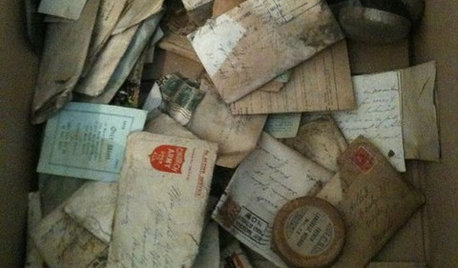This article was in our todays paper. I found it interesting...especially the part I put in red!!!
Tennesse grave dowser coming to Gadsden Saturday
By Miranda Sparks
Times Intern
Published: Tuesday, June 9, 2009 at 4:44 p.m.
The earth under your feet can hold many secrets. It can tell stories of the lives who have trodden across it and of the souls buried beneath its surface.
Cemeteries provide vital clues for those who sift through the past hoping to map out their ancestry. The name and dates carved into an old headstone provide proof that a relative lived and died, and this is where he or she was laid to rest. But what about those etched names that cannot be found? The markers that are not where they should be? The blank stretches of ground that dont seem to belong?
"In older cemeteries you wonder, ÂThereÂs a space here, but is this space actually vacant?Â" said Wayne Gregg of the Northeast Alabama Genealogical Society.
At its monthly meeting at 1:30 p.m. Saturday at the Nichols Memorial Library, the Genealogical Society will welcome Charles Monday, a well-known dowser from Townsend, Tenn. Monday will demonstrate the process of dowsing, or locating, unmarked graves.
To find a grave, or any underground object, two "L" shaped, stiff wire rods are used. Monday said these rods can be made of any type of metal, even wire coat hangers. One rod is held in each hand, both pointing straight outward. When the dowser walks over a grave, the rods will cross.
Monday said this process can locate only not a grave, but also can determine the size and gender of the person buried there. The size is measured by walking across the grave and marking where the rods begin to cross and uncross. The size can indicate whether the grave belongs to an adult or child.
Monday said to determine the gender, you must know the direction the body is lying. "If you take one of those rods and walk across the middle of the grave, it will always point at the head of a female and the foot of a male."
He said there is no explanation for how or why dowsing works.
"YouÂre going to leave with more questions than you came with," he said.
Monday said he prefers to let people come up with their own theories about dowsing.
"The first thing I tell any of these folks that I meet with is IÂm not going to give you any hokey-pokey or about this being spiritual or I have special powers or any of those things," he said. "ThereÂs never been an answer for how these things work."
Monday said about 70 percent of people who try it can successfully dowse with rods. Another dowsing tool, the forked stick, works for about one in every 25 who try it. Monday will demonstrate both.
After a lecture on dowsing at the library, participants will have the opportunity to try it themselves at Clayton Cemetery.
"We encourage anyone thatÂs interested in genealogy to come and join us," Gregg said.
Gregg said being able to find lost graves is important to the Genealogical Society.
"All that we can locate and identify and mark is good for us as genealogists," he said.
Graves can be identified by using information handed down from generation to generation.
"Most of the time we go by some information that somebodyÂs older relatives have given them," Gregg said. "They remember them being (buried) such-and-such place, and then we verify that in fact there is somebody there."
According to Gregg, the Northeast Alabama Genealogical Society carries more than 5,000 family files in the Nichols Library. These files hold information about families in Etowah and surrounding counties.
"ThereÂs far more history in and around this area than people realize," Gregg said "If youÂre not a student of history, then you donÂt realize how much history actually occurred all around us."













barb_from_pa
maryanntx
Related Discussions
Water Well: Is dowsing for real?
Q
best clean but not 'kiddie' joke you've heard lately?
Q
have you ever stepped in?
Q
Do you ever lie?
Q
lilliepad
elisabeth_rose
maryanntx
mariend
jannie
uxorial
jaybird
marlingardener
msmarion
dilly_dally
lindyluwho
tami_ohio
country_bumpkin_alOriginal Author
caroline94535
rthummer
des_arc_ya_ya
jaybird
joyfulguy
kfca37